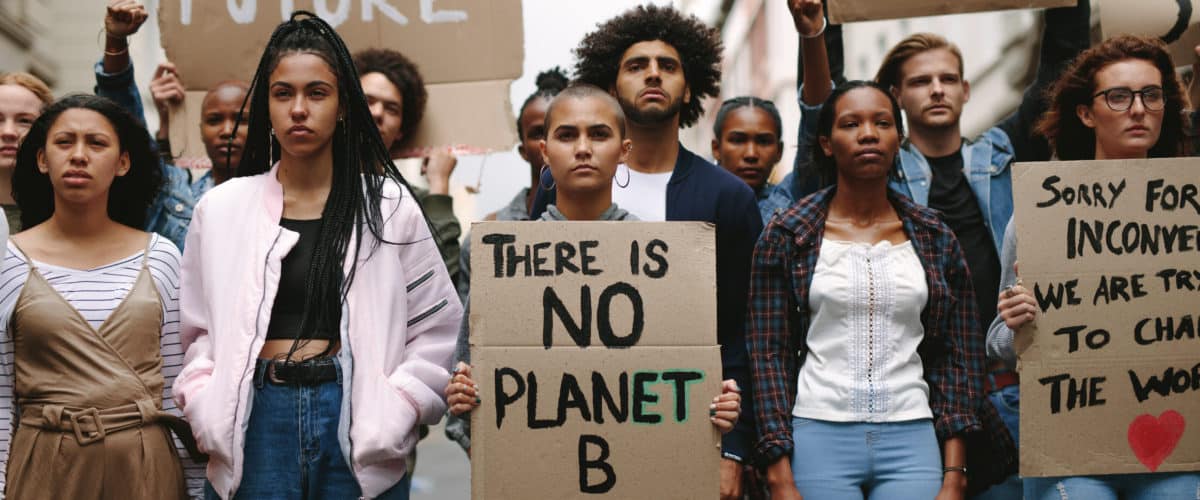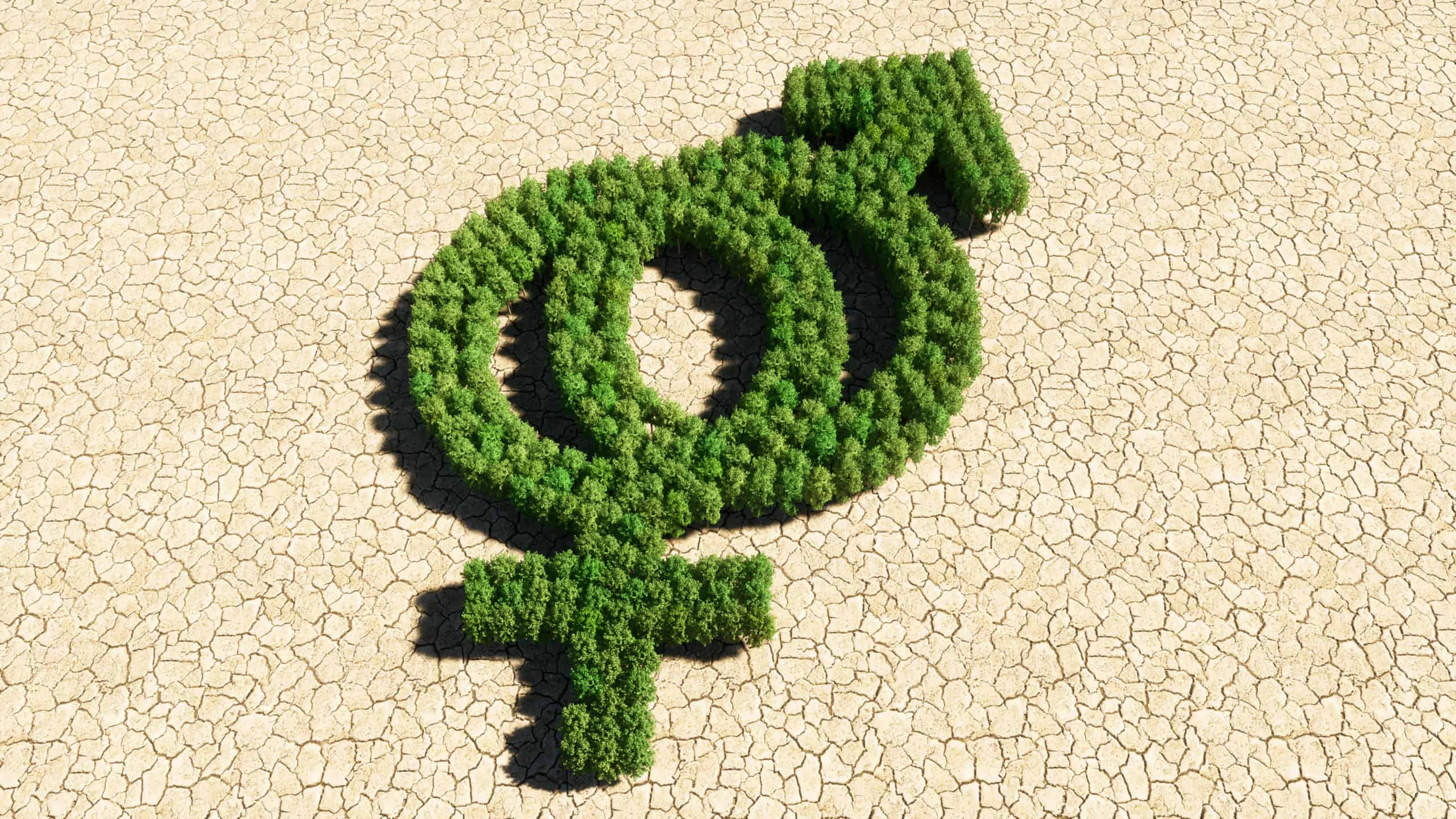Advancing women’s rights in participating, speaking, and working for climate change can significantly impact mitigating climate change.
Climate change affects men and women differently, especially in developing countries where women’s income depends on agriculture. Climate change increases gender inequality and reduces women’s financial independence. It can negatively affect women’s social and political rights.
Gender is significantly absent in national and international climate talks and negotiations. There are only limited projects which have integrated gender context. There is a need for policy support to develop and strengthen the capacity of rural development institutions to understand women’s needs and vulnerability in energy, agriculture, and water. To keep the gender balance, the gender-sensitive, participatory, and multi-stakeholder approach should be implemented and resourced on local and provincial levels.
Household Inequality

Several studies indicate the significance of livestock in the livelihood of poor women and men and their dependency in sub-Saharan Africa and South Asia. Women’s income and work in livestock at the household level have improved family nutrition. Women farmers have less knowledge and information about climate change, less access to capital, technical innovation, and advice, and are excluded from the decision-making process in the economy. The main concerns for women in farming are financial, physical, political, and social barriers that prevent their active participation in accessing the market, change in the market regulations, and key policies.
There is inequality in ownership and control of household assets, which undermines women’s ability to achieve economic independence, enhance human capital, and maintain health. The consequence of gender inequality and leaving women marginalized will be: 1) reduction in intra-household bargaining power as women have no financial independence, and 2) gender discrimination in socio-economic status as women are less able to participate in formal labor markets, lead or participate in civil society organizations, or have political participation.
Women are the resilience of the household and contribute significantly in rural areas. Although they play a crucial role in providing food to the family, their knowledge and capability have been ignored in many food security assessments, especially livestock production and agroforestry.
Women have diverse productive and reproductive roles in land use, water management, forest use, energy provision, urban development, and conservation. Yet, their lives and livelihood areas are affected by climate change through floods, drought, heatwaves, cyclones, hurricanes, wildfire, and sea-level rise. The outcome will be resources getting scarcer, production going down, inflation, and conflict over resources.
Women in major developing countries are disadvantaged on household, community, and country levels, and they find it challenging to deal with climate disasters. Women lack higher education and adequate training to access information before, during, and after the disaster. And when they lose their livelihood due to climate change, they slip deeper into poverty.
Room for Growth

Nowadays, gender mainstreaming in climate change is taking life slowly on international platforms. It is not enough to see them speak up and participate in negotiations; we need climate change policies and practices to have gender equality at its core and to benefit everyone equally.
Women can be the voice and players in climate change policies and movements. They are innovators, entrepreneurs, and activists. For instance, Greta Thunberg, the 17-year-old Swedish activist, and Patricia Espinosa, the Mexican diplomat who leads the United Nations Framework Convention on Climate Change (UNFCCC), are bold examples of trusting their capabilities and passion for making a difference in our world. However, overall, women are underrepresented in decision-making and climate change policies in the public and private sectors. Yet according to UNFCC women’s participation in climate change interventions has been significantly effective.
Article 7 of the Paris Agreement states that adaption should follow a “country-driven, gender-responsive, participatory and fully transparent approach taking into consideration vulnerable groups, communities and ecosystem.”
The UNFCC 2020-2022 action plan calls on public and private sectors to consider gender in climate interventions. Overall, UNFCC has issued over 50 decisions about gender and climate change.
According to the Food and Agriculture Organization (FAO), women-led family farms are smaller yet vulnerable to climate disasters. Due to their small capital and size, they have limited access to financial and productive resources, and this means that they lack funds to cover weather-related losses or adapt technologies that could help them to be equipped and resilient to climate change.
Improving the female farmers’ condition can increase their livelihood by 20-30%, and investment in information systems, resilient crops, and modern technics could improve their productivity and boost gender equality and agriculture output.
The European Investment Bank has integrated three approaches to financing gender equality: 1) protecting women’s rights and preventing harm to them, 2) EIB supported projects should respond to the need of men and women and increase gender equality, and 3) investing directly to operations that assist women economically, such as female entrepreneurship and their access to finance.
Photo: design36/Shutterstock
You might also like:
Circular Economy: A Sustainable Alternative to Linear Economy
Support us!
All your donations will be used to pay the magazine’s journalists and to support the ongoing costs of maintaining the site.
Share this post
Interested in co-operating with us?
We are open to co-operation from writers and businesses alike. You can reach us on our email at [email protected]/[email protected] and we will get back to you as quick as we can.










